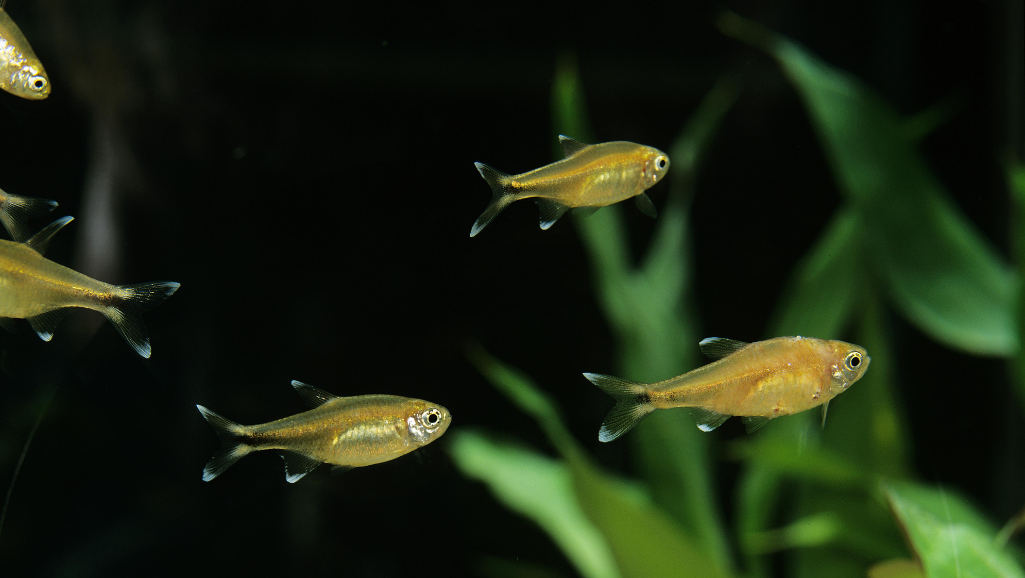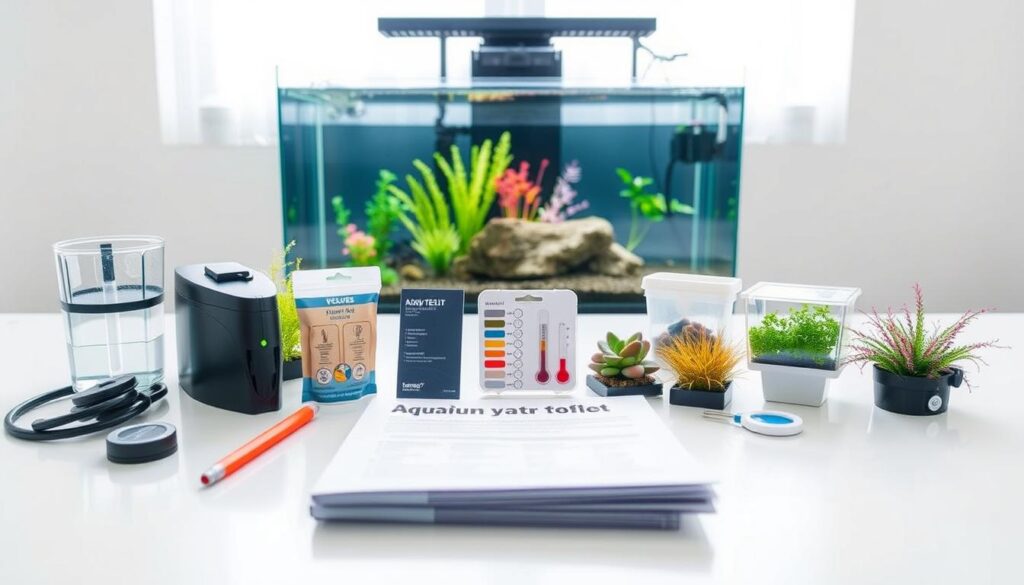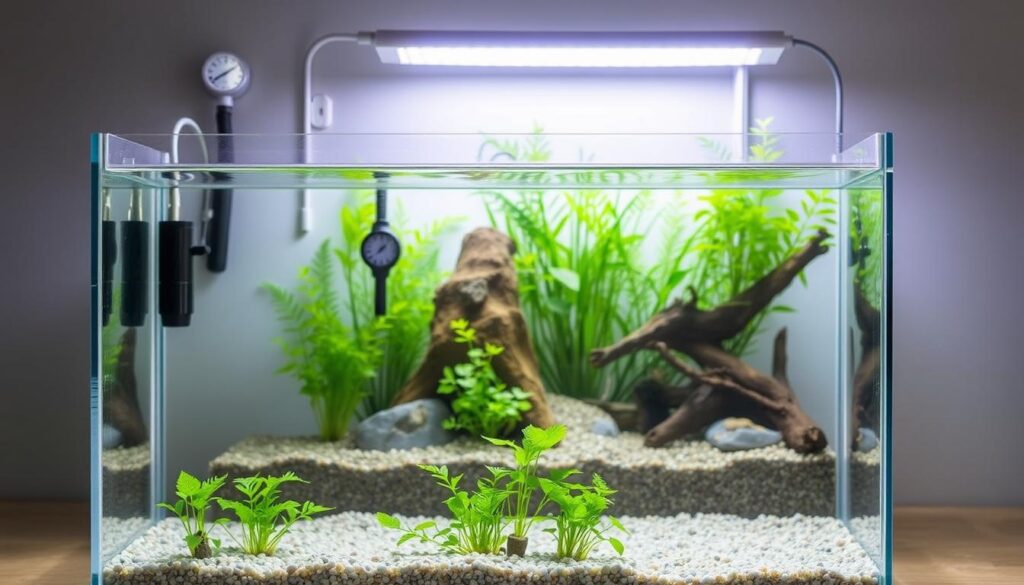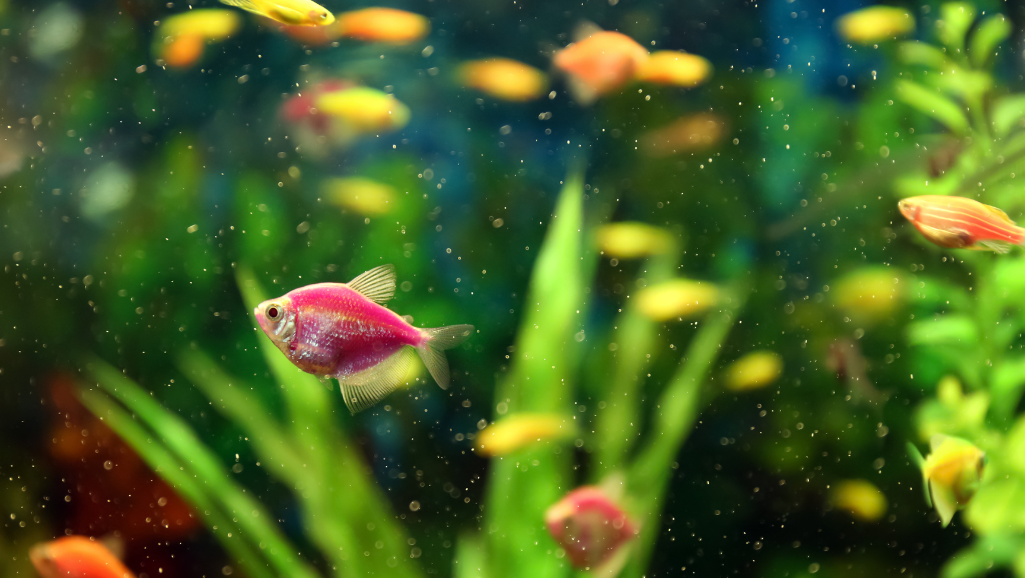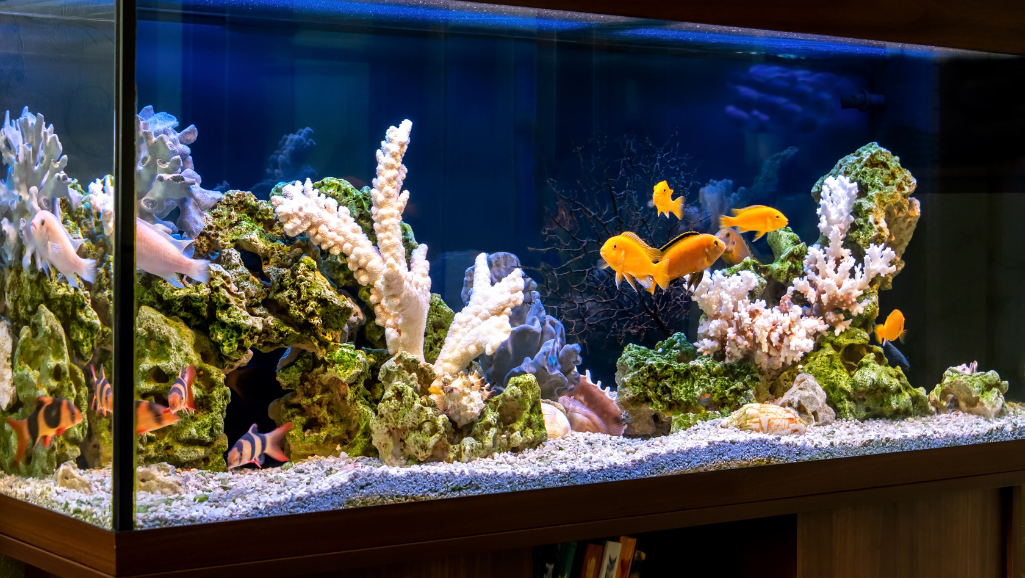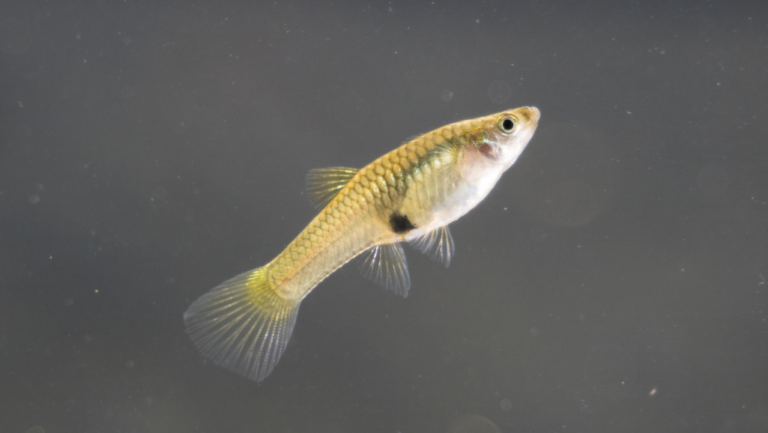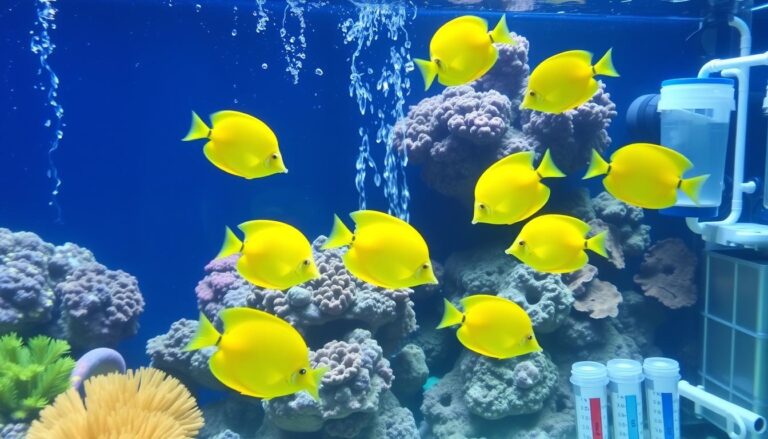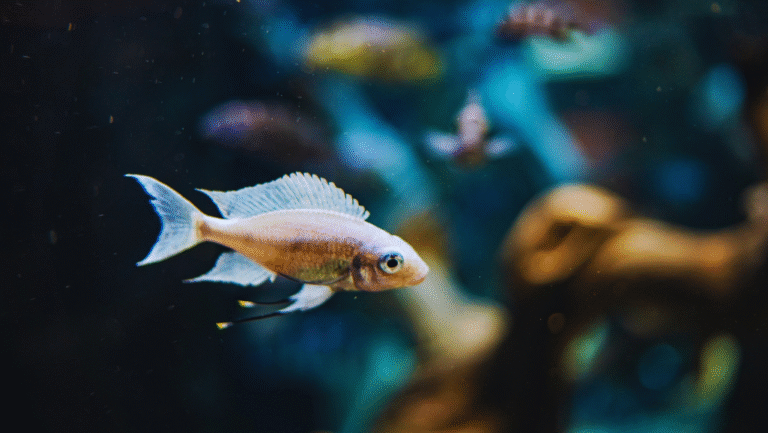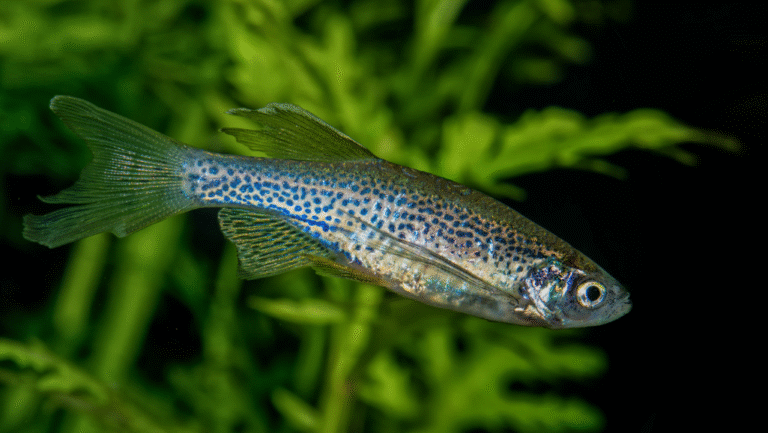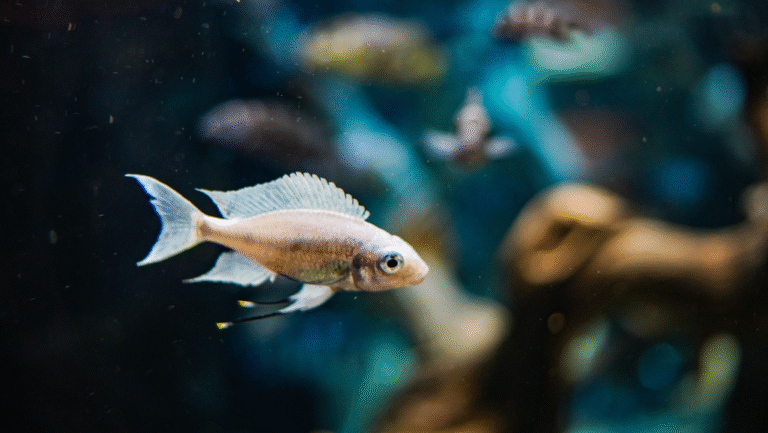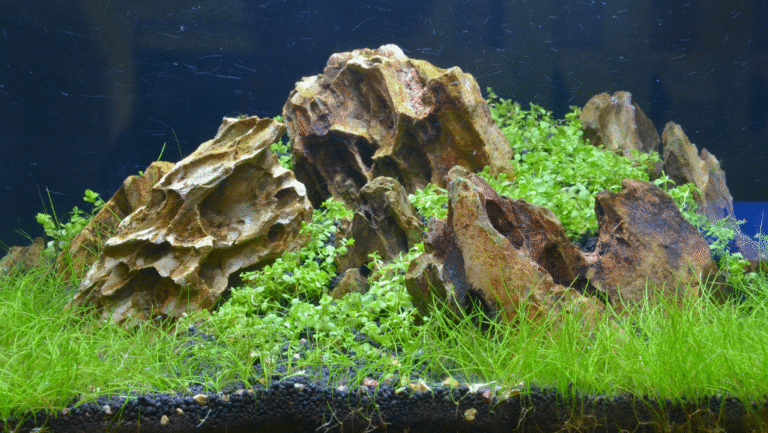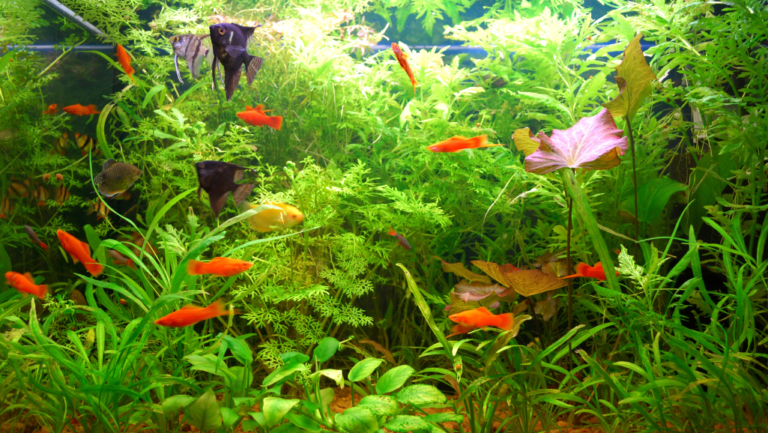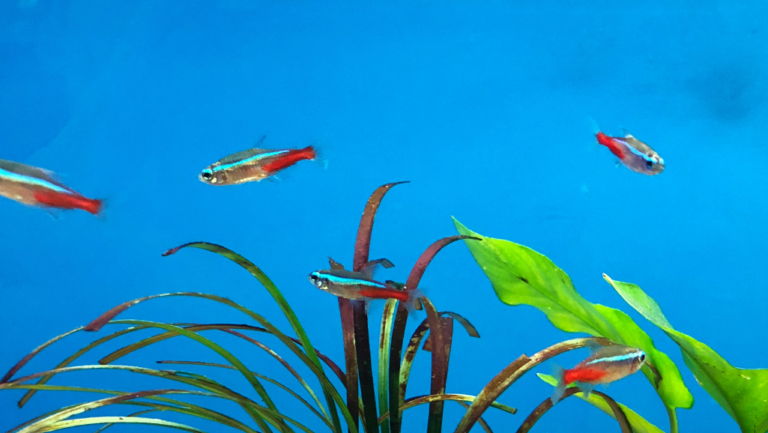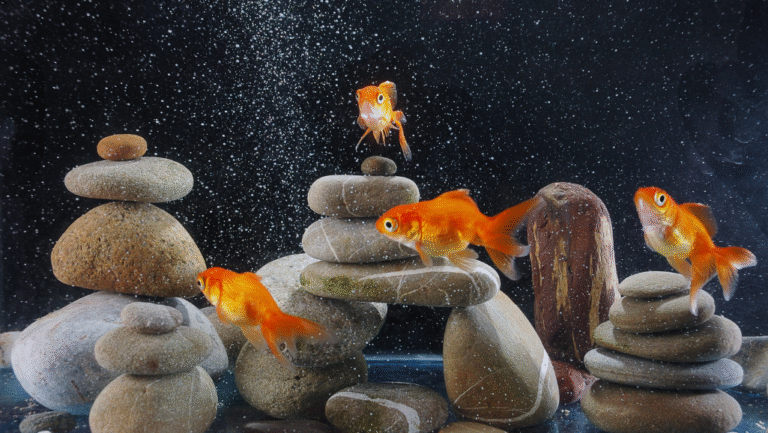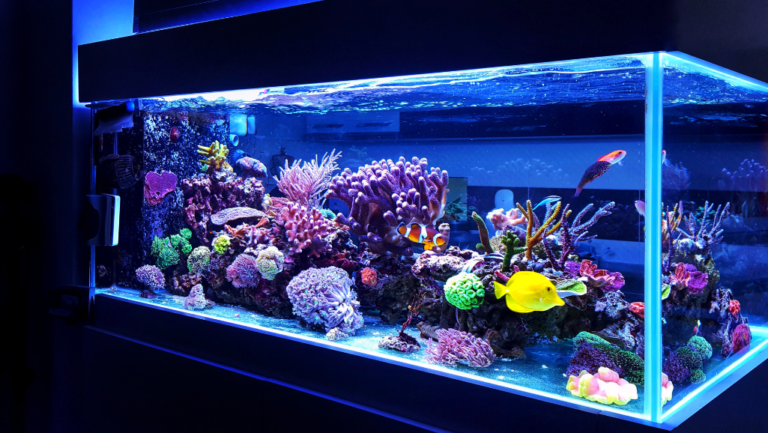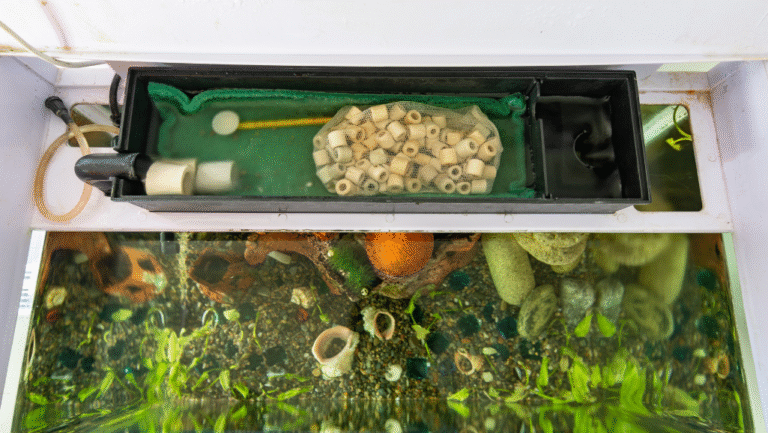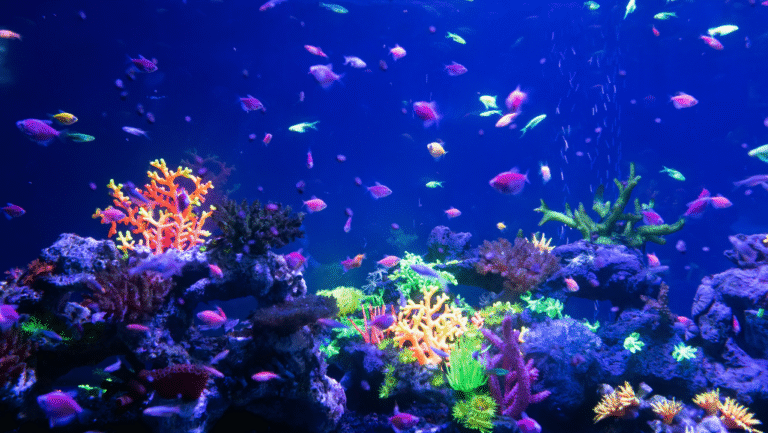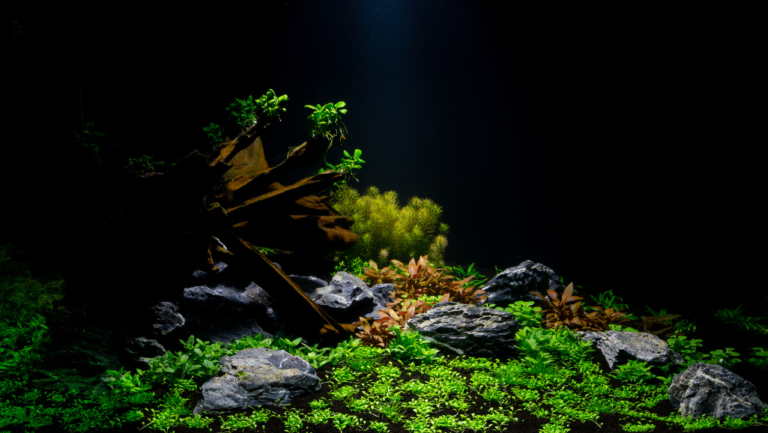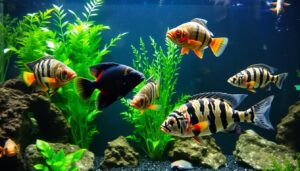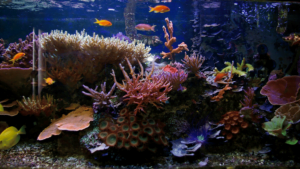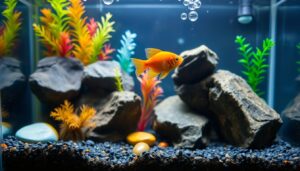Welcome to a clear, step-by-step roadmap that turns a bare aquarium into a calm, living centerpiece. This short guide helps you plan the tank’s home, choose the right gear, and follow simple instructions so the system matures before you add any fish.
Most tropical species do best near 74–80°F, and tap water often needs dechlorination because chloramine can harm livestock. Expect about $200+ for a complete freshwater setup if you buy new gear, but that up-front cost buys stability and ease of care.
Take your time with each step. We’ll cover glass lids, heaters, and filters, and explain how each choice helps your water stay clear. Follow the process and the instructions here to Starting Fish Tank plans into motion the right way.
Key Takeaways
- Follow a step-by-step plan to protect fish and avoid impulse purchases.
- Allow the system time to mature before adding livestock.
- Budget roughly $200+ for a basic, reliable freshwater setup.
- Dechlorinate tap water—many U.S. cities use chloramine.
- Choose the right glass, heater, and filter to keep water stable.
Pick the perfect location and tank size before you begin
Choose a stable, level spot that can safely hold the full weight of a filled aquarium and its stand. A filled freshwater setup can exceed 10 lb per gallon, so place the unit on a hard, flat, waterproof surface or a dedicated stand to keep the glass panels square and stress-free.
Avoid direct sunlight, HVAC vents, and exterior doors to prevent algae blooms and sudden temperature swings. Keep the aquarium near an outlet and a tap so you can run a filter, heater, and perform water changes without straining cords or carrying buckets long distances.
Think about footprint and material. Longer tanks give more surface area for gas exchange and gentler flow, which benefits plants and fish. Rimmed glass is affordable and scratch-resistant, but rimless and acrylic aquariums need full-bottom support—use a foam pad or mat under acrylic to protect panels.
- Access matters: leave room behind and above for filter and heater maintenance.
- Plan equipment: placement affects flow paths, clear water returns, and where heaters sit for even temperature.
- Maintenance ease: ensure doors, buckets, and tools fit the space so you can reach the bottom and substrate without moving furniture.
Beginner-friendly gear checklist for a beautiful, healthy aquarium
Choosing the right equipment early saves time and keeps water stable as your system matures. A compact set of reliable items reduces stress and helps you focus on care, not troubleshooting.
Aquarium and lid
Pick a rimmed glass aquarium with a tight glass lid. Glass lids reduce evaporation, retain heat, and prevent jumping. Tight rear strips let cords pass while blocking escapes.
Filter choices and flow
For beginners, a sponge filter is forgiving and easy to clean. A hang-on-back (HOB) filter works well too—aim for 3–5× turnover per hour to keep flow and clarity balanced.
Heater and thermometer
Use an adjustable heater sized to volume—about 5 W per gallon when raising temperature ~10°F with a lid. Consider two smaller heaters for redundancy in larger aquariums. Place a separate thermometer away from the heater for accurate readings.
- Lighting: LED on a timer limits algae while supporting low-demand plants.
- Substrate & decor: Rinse gravel and substrate to remove dust; arrange hiding spots to calm fish.
- Water care: Treat every bucket of tap water with conditioner and keep a test kit on hand.
- Tools: Siphon, bucket, scraper, and nets make routine maintenance quick and tidy.
For a detailed equipment walkthrough, see how to set up a fish.
Starting Fish Tank setup: step-by-step
Begin by inspecting the glass and seams—small cracks become big problems once the aquarium is full. Rinse the glass inside and out, check corners, and apply a dark background to hide cords and reduce glare.
Prepare the stand and substrate
Level the stand in its final spot. Set the aquarium carefully and add rinsed substrate evenly across the bottom.
Note: Some plant substrates are bioactive and should not be rinsed.
Equipment placement and concealment
Dry-fit the filter and heater, but do not power them yet. Use rock, wood, and plants to hide equipment and direct gentle flow paths.
Filling, sealing, and first run
- Slowly fill tank with room-temperature tap water treated with a water conditioner. Pour onto a plate to avoid kicking up dust or gravel.
- Seat the lid and light, create drip loops on cords, then wait ~30 minutes for temperature to equilibrate before powering gear per instructions.
- Run a 24-hour leak and operation check. If stable, begin seeding beneficial bacteria to start the cycling process.
Cycle the new tank: build beneficial bacteria the right way
A healthy aquarium relies on a strong colony of microbes that quietly convert waste into manageable compounds. This cycling process is the foundation of long-term water stability and confident stocking.
The process explained: ammonia to nitrite to nitrate
Beneficial bacteria colonize filter media, substrate, and decor. They convert toxic ammonia into nitrite, and then other bacteria change nitrite into nitrate, which is far less harmful and is managed with water changes.
Kickstart the biofilter
Use bottled nitrifying bacteria early and follow the product instructions. Light feeding or a controlled ammonia source gives bacteria food without causing dangerous spikes.
Timeline, targets, and testing
Expect 4–6 weeks naturally; bottled cultures can shorten that. Your target: 0 ppm ammonia and 0 ppm nitrite while nitrate slowly rises.
Test regularly with liquid or strip kits. Track ammonia, nitrite, and nitrate until readings stay stable.
“Patience and steady checks beat rushing—wait for stable parameters before adding fish.”
Oxygen, flow, and temperature
Keep steady flow and surface agitation to boost oxygen. Stable temperature also encourages bacterial growth and resilience in a freshwater system.
- Quick checklist: seed with bacteria, feed lightly, test often.
- Goal: zero ammonia and nitrite; controlled nitrate with regular water changes.
- Need help? Follow a proven guide to cycle a new aquarium: how to cycle a new tank.
Add fish with confidence: timing, acclimation, and quarantine
Only add stock after water tests show 0 ppm ammonia and nitrite and the aquarium holds a steady temperature and pH. This protects your setup’s quality and lets the biofilter handle extra waste over time.
When to introduce livestock
Wait until readings stay stable for several days. Verify the heater keeps the intended temperature and the filter provides gentle, oxygen-rich flow.
Stress-free acclimation
Float the sealed bag, then use a slow drip to equalize water chemistry. Move animals only after temperatures match to avoid sudden shocks that can stress fish.
Why quarantine helps
Use a small quarantine aquarium to observe and treat new arrivals. Quarantine prevents diseases from entering the display and keeps your hard-won stability intact.
- Introduce a few new livestock at a time so the biofilter can catch up.
- Keep lights dim and the room calm during acclimation to reduce stress fish responses.
- Feed lightly the first day and continue testing water after each addition.
“Patience now saves time and trouble later.”
First weeks of care: water changes, feeding, and common mistakes
The first few weeks demand gentle attention to keep water chemistry stable and clear. Small, steady actions now protect long-term aquarium quality and reduce surprises later.
Weekly maintenance and simple chores
Perform partial weekly water changes using a siphon to vacuum gravel and remove trapped waste. This keeps aquarium water fresh and parameters steady.
Wipe glass to keep views crisp. Rinse filter media lightly in old tank water so beneficial bacteria stay intact.
Avoid new tank syndrome
Feed high-quality fish food sparingly. Overfeeding creates excess waste and risks ammonia or nitrite spikes.
- Schedule consistent partial water changes and vacuum gravel to control debris.
- Keep testing for ammonia, nitrite, and nitrate so you catch small drifts early.
- Maintain gentle flow and confirm heaters hold temperature to reduce stress.
- Add or trim plants to help nutrient control and enhance water quality.
- Pace stocking—set fish additions slowly so the biofilter can adapt.
“Small, regular care now saves time and trouble later.”
Conclusion
Long-term success depends on installing quality gear, treating tap water, and letting the biofilter do its work.
Choose reliable equipment — a steady heater, a proper filter, and a tight glass lid — so temperature and evaporation stay predictable. Use timers for light and keep cords tidy with drip loops for safe operation.
Cycle the aquarium until ammonia and nitrite read zero, seed bacteria early, and add fish slowly so the biofilter can adapt. Do weekly water changes and test regularly to keep parameters steady.
Make sure the location supports the bottom weight and that your layout includes plants to balance nutrients and offer hiding spots. With steady process and simple routines, your fish tank will reward you with calm, thriving aquariums for years.
